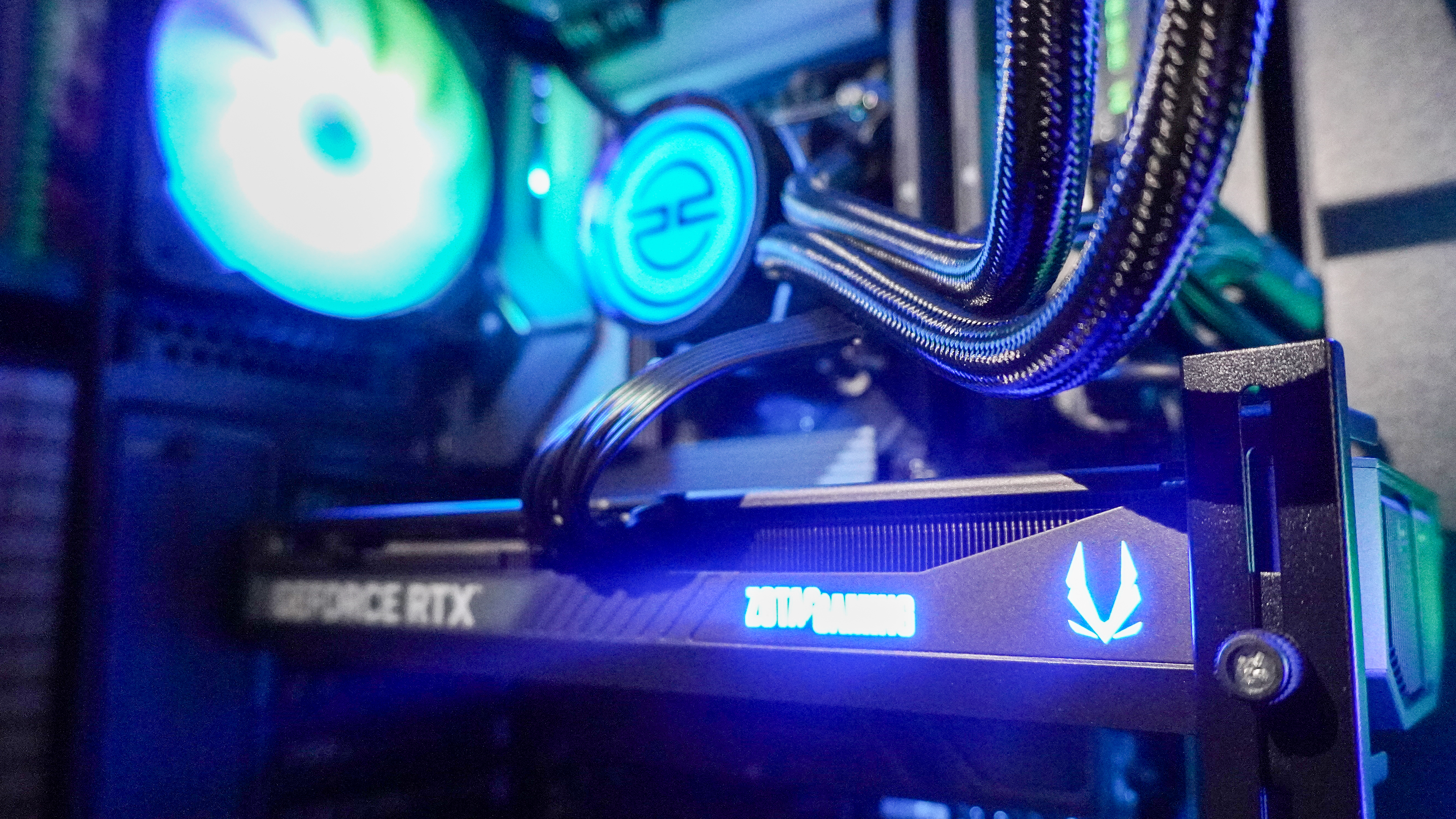How to clean your patio without a pressure washer
Here’s how you can clean your patio in 7 simple steps, no pressure washer necessary

After winter it’s usually a good idea to give your patio area a spruce up, so you can enjoy al-fresco meals and summer entertaining in style. And often a pressure washer is the go-to appliance for quickly blasting away the dirt and grime.
But pressure washers can be very messy - blasting dirt towards your house and your plants or lawn. They’re also aggressive, which makes them a no-no if you have a very old and crumbling patio, or delicate grouted paving slabs. Similarly, they use a lot of water which has to go somewhere, and this means they’re not always a practical choice.
So whether it’s because you don’t own a pressure washer, or you’ve decided to choose the gentler, lower-water approach, read on for our guide to cleaning your patio without a pressure washer. You might also be interested in paving expert reveals how to clean your patio and what mistakes to avoid, things you should never clean with a pressure washer and how to spruce up your garden - 7 tasks that can each be completed in under 60 minutes.
How to clean a patio without a pressure washer
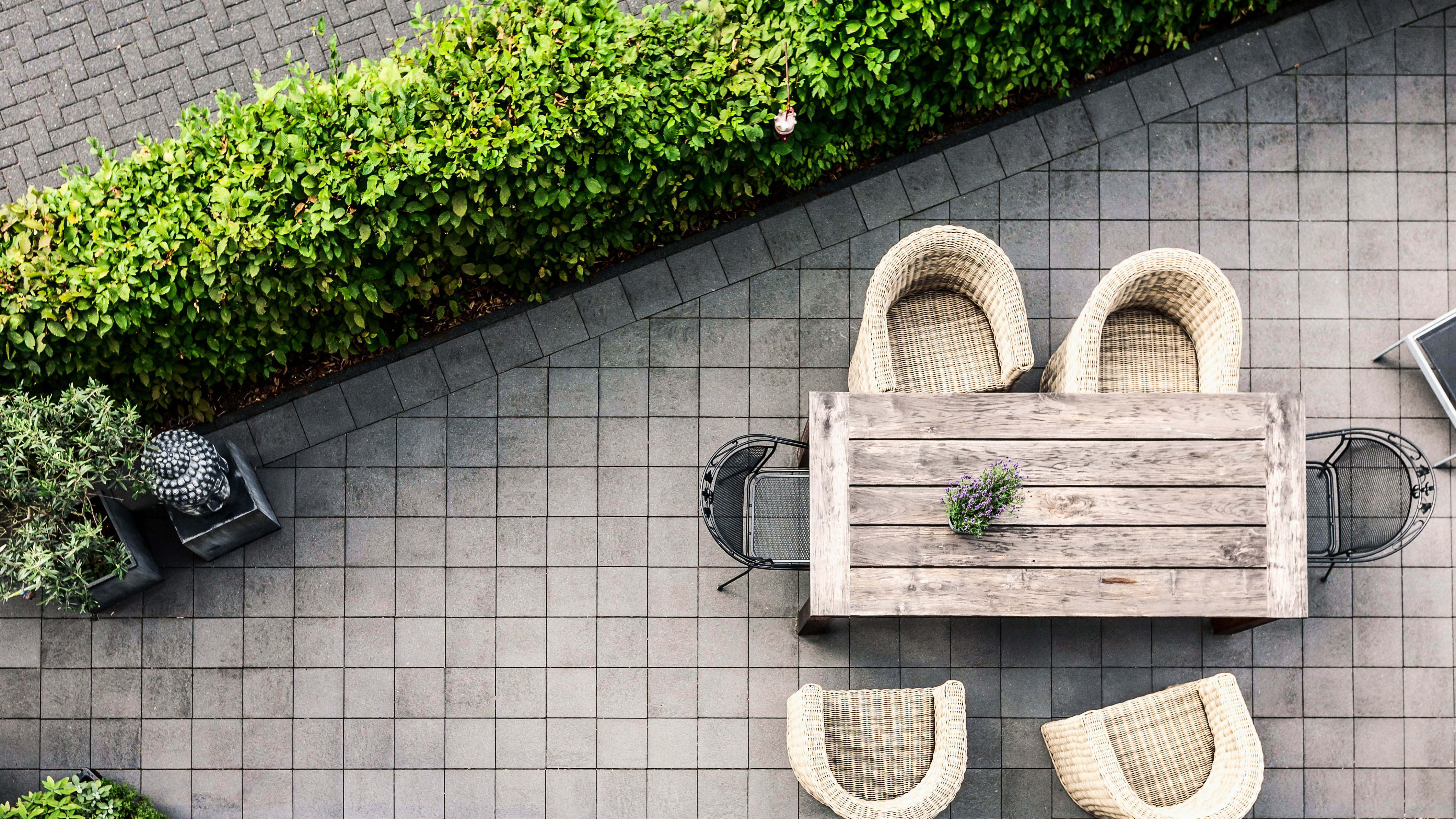
1. Remove everything from the patio
The best and most efficient way to clean a patio area is to remove everything first. If you have space, remove all the furniture, plant pots, children's toys, gardening tools, muddy boots, and anything else that’s accumulated on the patio over winter.
If you don’t have space to remove everything, we’d suggest tackling the patio in two halves. In this case, move everything over to one half of the patio. Then once that half is clean, move everything back, so you can clean the other half.
2. Sweep
Sign up to get the BEST of Tom's Guide direct to your inbox.
Get instant access to breaking news, the hottest reviews, great deals and helpful tips.
If you’re not using a pressure washer to blast away the debris, you’ll need to give the area a really good sweep. Clear away any piles of leaves and sweep up as much dry dust and dirt as you can.
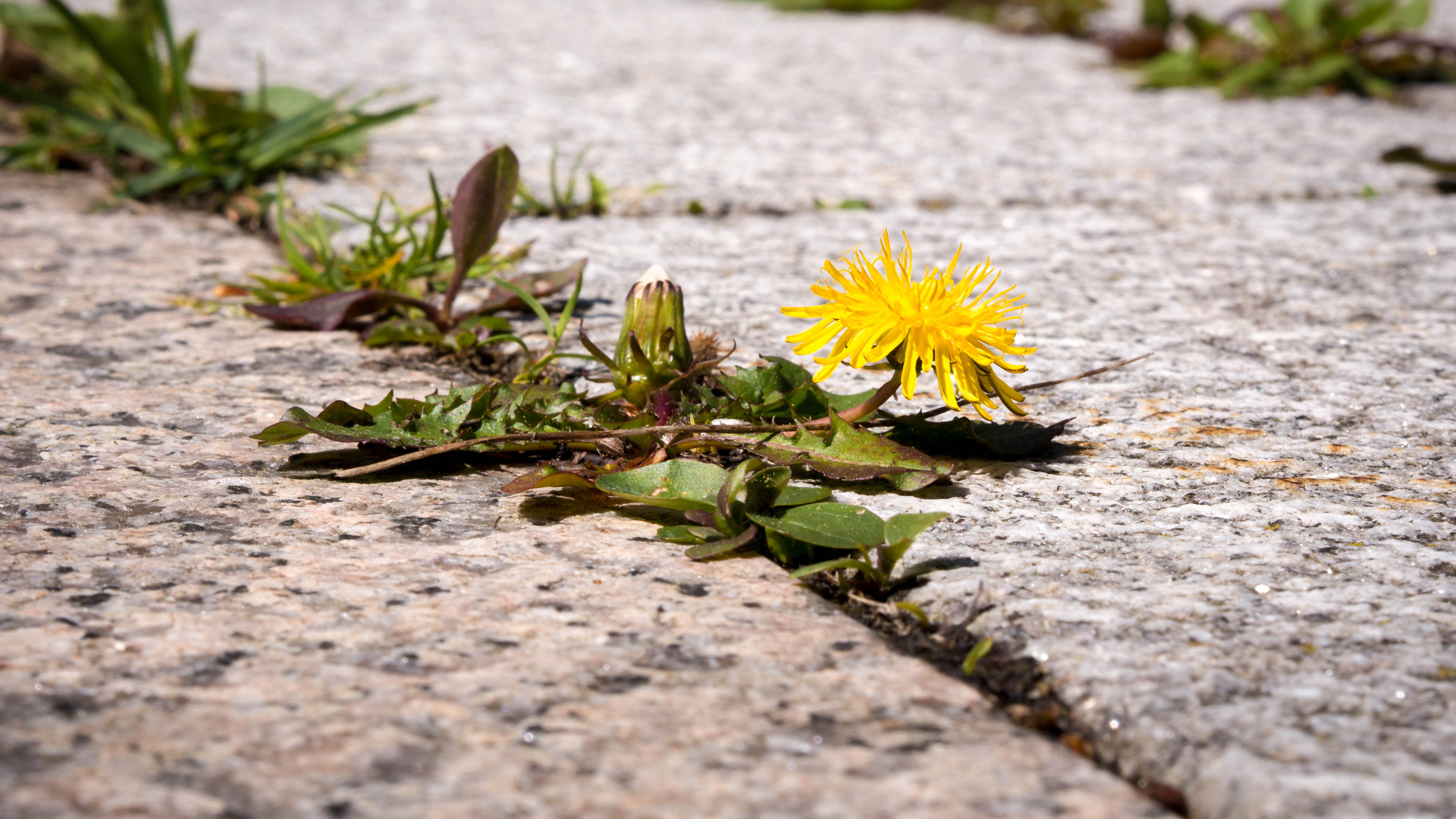
3. Remove weeds and moss
Pull up any weeds that have started to appear from within the cracks - try to get the roots out in the process so they don’t come back. If pulling them out isn’t going to work, have a read of our tips on ways to kill weeds naturally. You can make home-made weed killers that are highly effective, but don’t contain toxic chemicals.
In damp areas, you might have moss growing on your patio, if it’s thick you should be able to scrape it off. Otherwise it should come off when you scrub the patio, so don’t worry if you can’t remove it at this stage.
4. Soak and scrub
Wet the whole patio with water - if your patio area is very big you may want to do this part in stages. Use a stiff broom like this Yocada Floor Scrub Brush ($18.99, Amazon) to scrub the wet patio and help loosen up the dirt. Next you’ll want to clean with a solution of water and dish soap.
Don’t use too much dish soap or you’ll be fighting the bubbles for days! A quick squirt into a bucket of water should suffice. At this stage you could pour the soapy water onto the area and then scrub with your broom or a scrubbing brush. Alternatively you could dip the broom or scrubbing brush into the bucket of soapy water before scrubbing the already wet patio.
Give the whole patio a thorough scrub. This is the part where you’ll work up a sweat, but it’ll be worth it in the end. And if your patio is particularly grimy, you may need to rinse and repeat with a second soapy scrub.
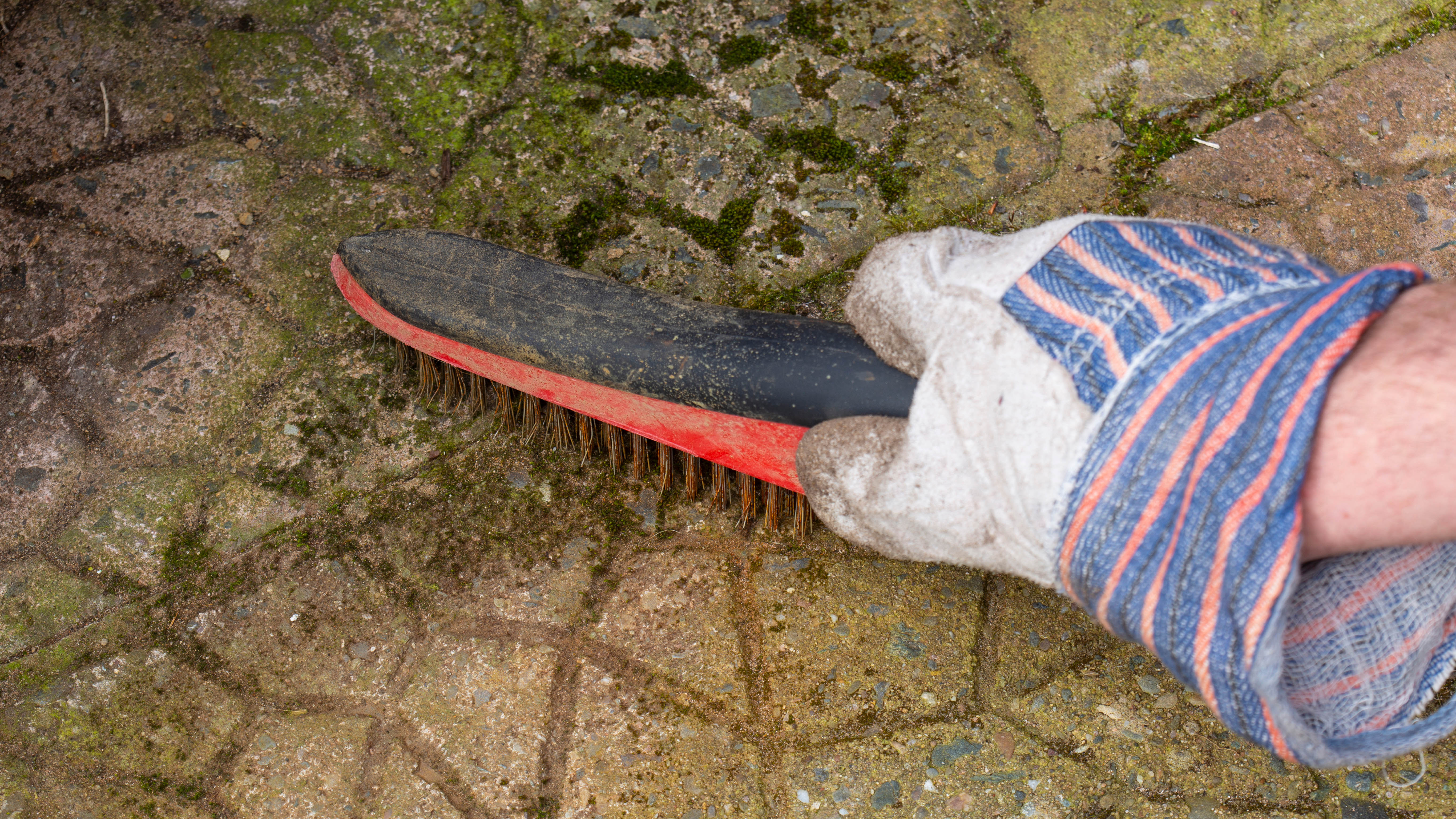
5. Rinse and spot clean
Once you think you’ve scrubbed everywhere, rinse away the soapy, dirty water. This is important because if you simply allow it to dry, the dirt will dry right back on to the patio.
Once it’s dry you’ll be able to see if you’ve missed any areas. You can go over small areas that you’ve missed with some more soapy water. Or, if you notice stains, these might need some extra attention.
6. Tackling stains
For any stains that remain after cleaning, you could try scrubbing with a stronger solution of soapy water. Alternatively, many stains can be removed by scrubbing with a 50:50 solution of water and white vinegar. It will really depend on the type of stain and how long it’s been there.
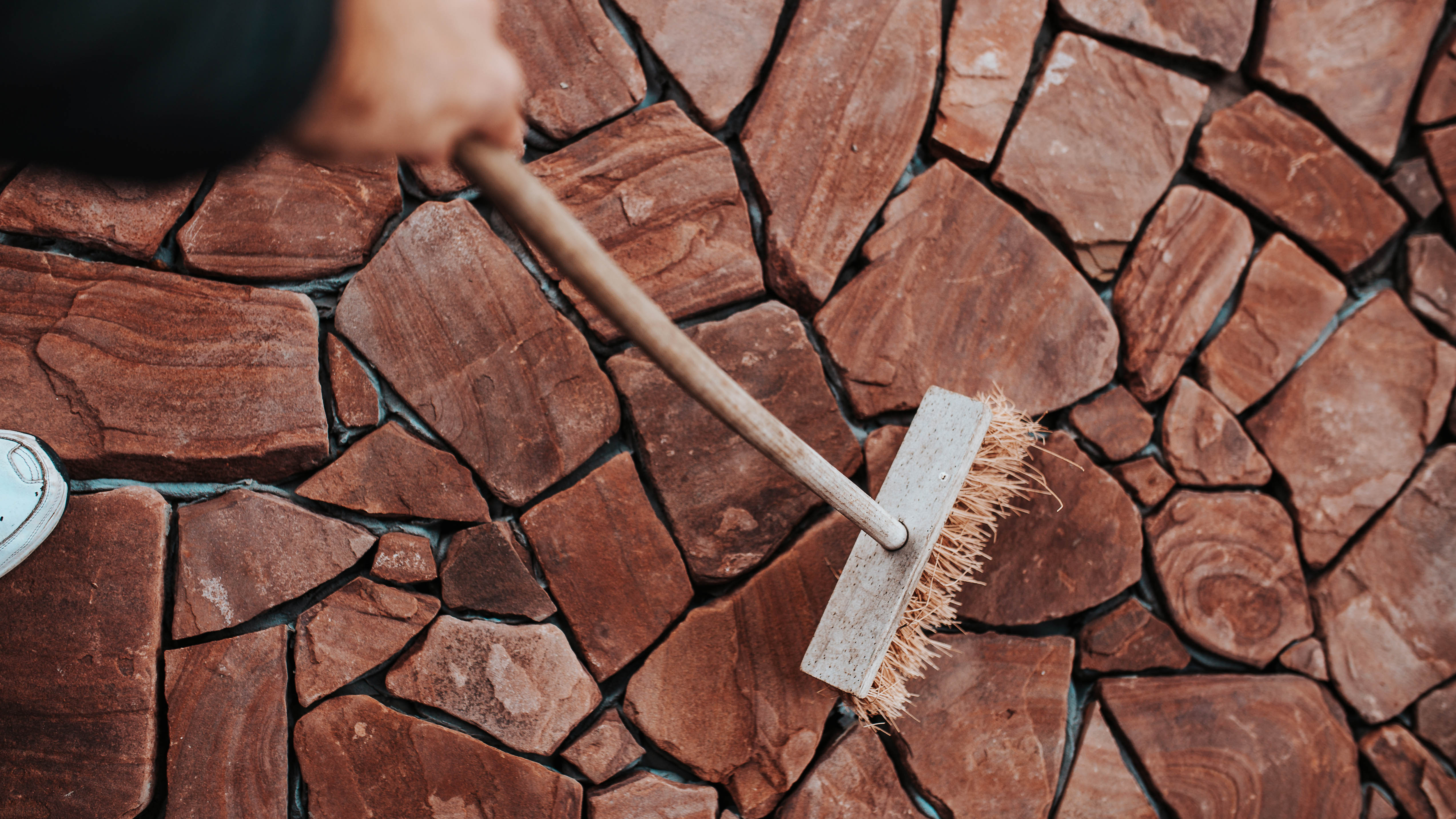
7. Finishing up
Once the patio is clean and dry, it may need a final sweep before you bring back all of the furniture and plant pots. If you’ve got a fire pit - make sure you give it a clean before putting it back on the patio. Likewise, don’t put dirty garden furniture back on your nice clean patio, make sure you give it a wash and a scrub too.
Now might be time to elevate your outside space by investing in one of the best patio heaters or maybe a new grill for your summer barbecues. And if you have a deck as well as a patio it might be a good time learn how to keep your deck looking great all summer.
Top tips
- Don’t tackle your patio in the middle of winter, or it’s likely to need cleaning again in spring. Wait until the weather warms up and there’s no more chance of leaves, mud or other debris being deposited on the patio.
- On the flip side, this isn’t a job for a hot day, choose a cool, overcast day without too much wind. Otherwise your patio will keep drying out while you try to clean it.
- If possible, keep pets indoors, the last thing you need is muddy paws wandering across the part you’ve just scrubbed.
- Try to get some help, especially if it’s a large area. All that scrubbing can quickly wear you out, but you’ll get the job done much faster if you’ve got a helper or two - especially if everyone has a good scrubbing brush.
- Lastly, pay attention to trees or shrubs overhanging your patio area. This is a good time to cut back and prune these so that less debris will fall onto your newly cleaned patio throughout the summer.
More from Tom's Guide
Helen started reviewing home and kitchen appliances in 2007 at the Good Housekeeping Institute and has never looked back. She’s now freelance and reviews all sorts of appliances from her home in a pretty village in the UK. Despite having reviewed hundreds of coffee machines in her time, she’s only recently developed a love for coffee and a daily coffee habit, which makes tasting all those coffees much more enjoyable!

